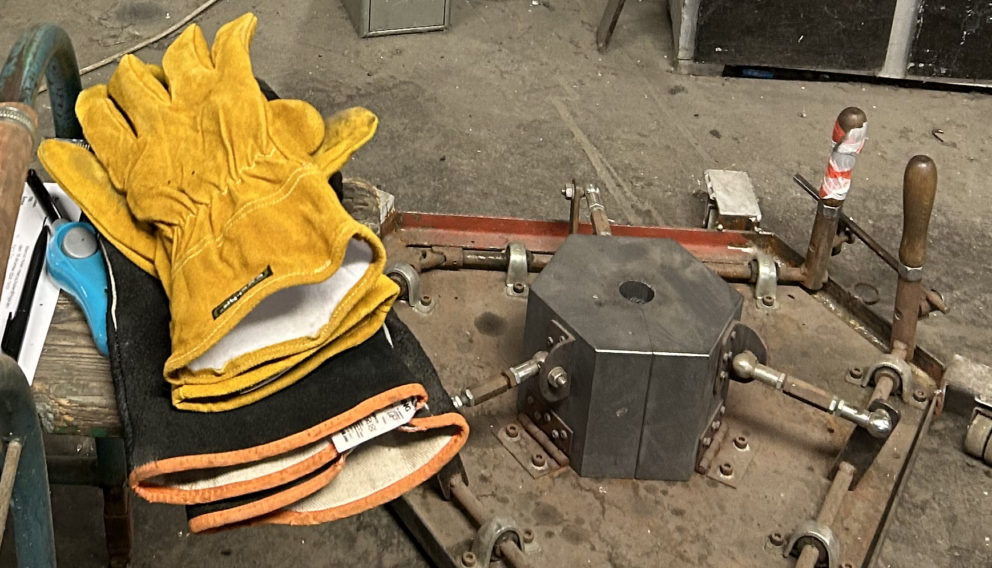Sensory Experience of Glass and Brass

Text: Heikki Uimonen
Sensing individuals are affected by their culture and personal history. Nevertheless, cultures are not just filters of sensory experience, as anthropologist Tim Ingold concludes. People are informed by their senses as they move through particular cultures, which themselves have particular materialities. (Bijsterveld 2000, 14.) So, what is then the cultural study of sound in general and what are sound cultures for SOMECO in particular? There is little reason to attempt to give an exhaustive answer in the space of a single blog, but it is worth outlining the starting points of our research.
We pay attention to ‘sound and listening as a means rather than an object of research (cf. Bijsterveld 2019, 4)’. Indeed, there is an obvious and fruitful contradiction in the terms used by those who study sound cultures. What they are not necessarily doing is studying sound per se: not the qualities of sound, let alone listening as a process. The focus of research is how and for what both are used. In short, what are the meanings attached to sounds and what are the practices of listening?
This is particularly evident in the case of listening in relation to one’s profession, including that of the SOMECO team. Acquired listening skills are part of the pre- and post-fieldwork activities: the tedious and sometimes painstaking selection of suitable recording equipment, learning how, when and where to use it, and finally the methods by which the field material will be analysed. Listening is practised in situ by researchers during fieldwork interviews, interacting with participants and facilitating this interaction by choosing the right types of questions.
The idea should be taken a step further and ask why we should limit ourselves to perception alone. Listening and soundscape competence is also about the skills needed to make sounds, not to mention how competence acquired in one area of life is holistically reflected in the listener’s other activities. In Skruv we learned that the glassworks in the Småland region were once a breeding ground for many brass bands. The close connection between work and leisure activities was crystallised in the rhyming phrase “if you can blow glass, you can blow brass”. (“Kan man blåsa glas, kan man blåsa mässing.”)
Clearly, all of this is not just about listening, but also about a wide range of other sensory skills. Although knowledge is gained through listening, it would be simplistic to suggest that operating in a multisensory environment is only and exclusively about the acquisition of auditory knowledge and its associated meanings.
Bijsterveld, Karin. 2019. Sonic Skills. Listening for Knowledge in Science, Medicine and Engineering (1920s–Present)
Hallström, Ulla. 1997. “Nu började ett märkeligt tutande på bruket”. Om bruksmusiken i Glasriket.